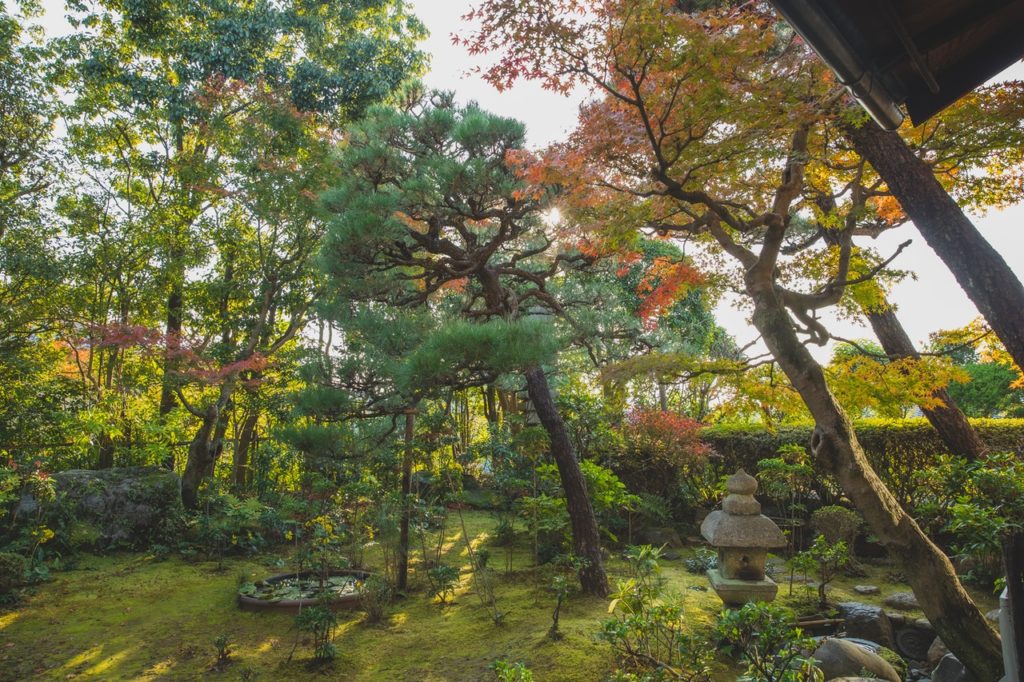Keeping a commercial landscape alive sounds easy on paper. After all, all you need is water, some sunlight, and the occasional TLC to keep plants from dying. However, commercial landscapes have different needs from home gardens. For one, they’re bigger and require more resources to maintain. A regular garden hose won’t do. You need a proper irrigation system to keep your commercial landscape green and healthy.
You may not realize it, but there’s a lot of work involved in irrigating large spaces. You can’t just turn on the tap and call it a day. If you use too much water, the soil will become waterlogged, and the plants will literally drown. But if you don’t use enough water, the grass will turn brown and die. Irrigation is half science and half art, and you’ll need all the help you can get to keep your garden alive.
But how does it work? If there’s one thing we know, it’s that living things need water to survive. Plants are living things and therefore need water to survive. But keeping large spaces irrigated requires planning and engineering. You’ll also need landscaping services to look after the plants. Here are a few tips for maintaining commercial landscapes.
1. It’s all about the timing
Just like any other system, there’s a right time for landscape irrigation. Knowing when and where to use it allows you to maximize irrigation effectiveness. For instance, many landscape professionals suggest watering just before sunrise, when temperatures are still cool enough that evaporation isn’t an issue. An early morning watering minimizes water loss from evaporation and keeps the plants coated in dew.
But there may be times when an early morning watering isn’t possible. The landscape grounds may be occupied with people, and you don’t want to get them wet. Another option is to turn on the sprinklers just before sunset when temperatures are starting to cool down. But you shouldn’t water at night, as excessive moisture can lead to plant rot and fungal growth. There needs to be a fine balance between heat and cold. Too much heat and all the water will evaporate right away. But if the temperatures are too low, the plants could become waterlogged.

2. Learn water diffusion techniques
One common mistake that many developers make is insufficient water diffusion. You want the water to reach the bottom layers of the soil. Maybe you’ve heard that you only need to water the leaves and stems to keep plants alive. But if the water doesn’t reach the root systems, the plants will begin to weaken and die. As a general rule, the soil should be properly irrigated at least six or seven inches deep.
Of course, this will differ from property to property. You’ll have to consider aspects such as climate and soil type. Some plants also require less water than others. Hire a landscape professional to perform a few tests on the grounds. They will tell you how much water you need to keep your landscape alive.
3. Invest in a proper system
There are many kinds of irrigation systems, depending on the type of area you need to maintain. Home sprinklers won’t work on commercial landscapes, and commercial landscapes are inadequate for agricultural purposes. You need to ensure your irrigation system can handle all your water needs. Otherwise, you may need to spend extra on retrofitting and replacements. It’s always better to get it right the first time around.
Preparing an area for irrigation occurs in two stages: preparatory and permanent. In the preparatory stage, the lawn is probably too fragile to withstand the full jet of a regular irrigation system. Maybe the plants haven’t fully acclimated to the area, and the sod had just been laid. Use a mild sprinkler to prevent lawn damage and seed washout. Once the area has stabilized, you can then turn on your in-ground irrigation system.
If you’re irrigating small spaces, you can get away using a basic home sprinkler with a revolving head. It works just like a preparatory sprinkler, except it can emit water at higher volumes and pressures.
A final word
These three tips will help you better maintain commercial grounds and landscapes. A commercial landscape is more complicated than your run-of-the-mill home garden. You’ll need to consider things such as traffic, timing, and water diffusion. Make it a point to learn the basics and make sure you have a team to support you.


